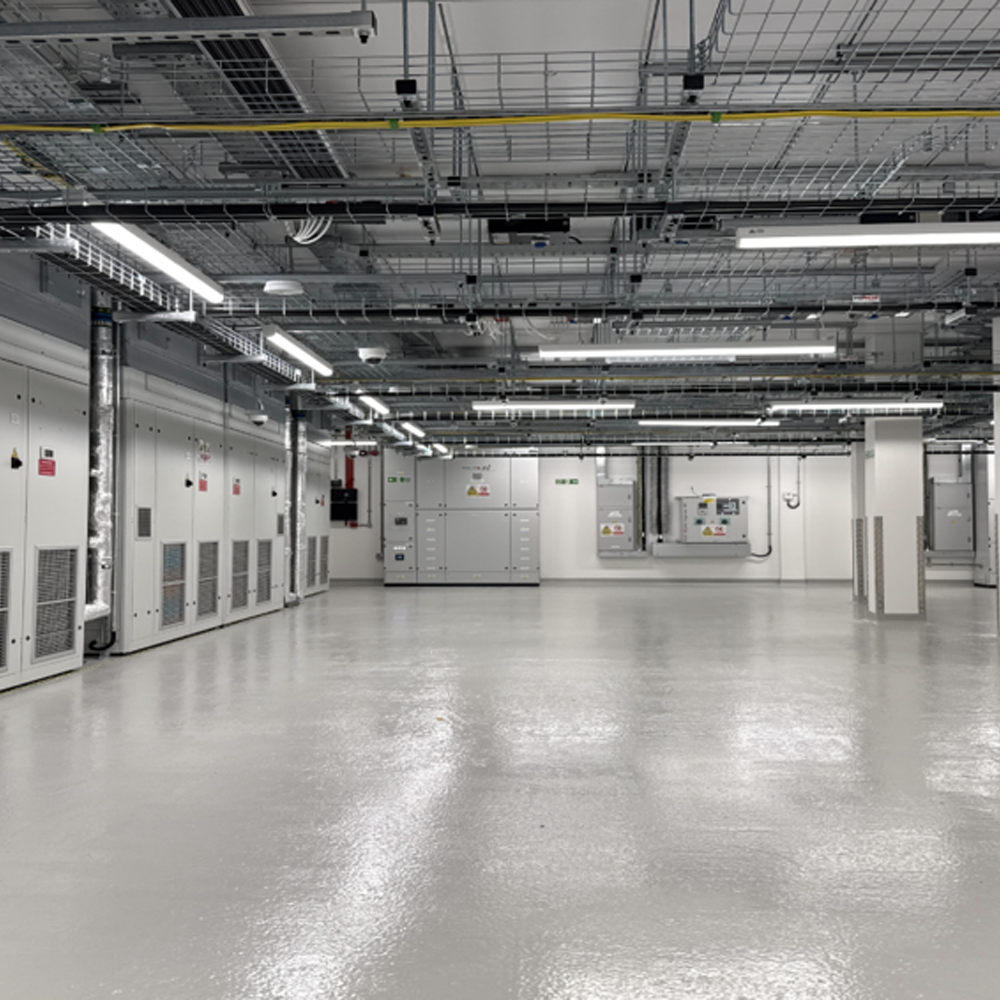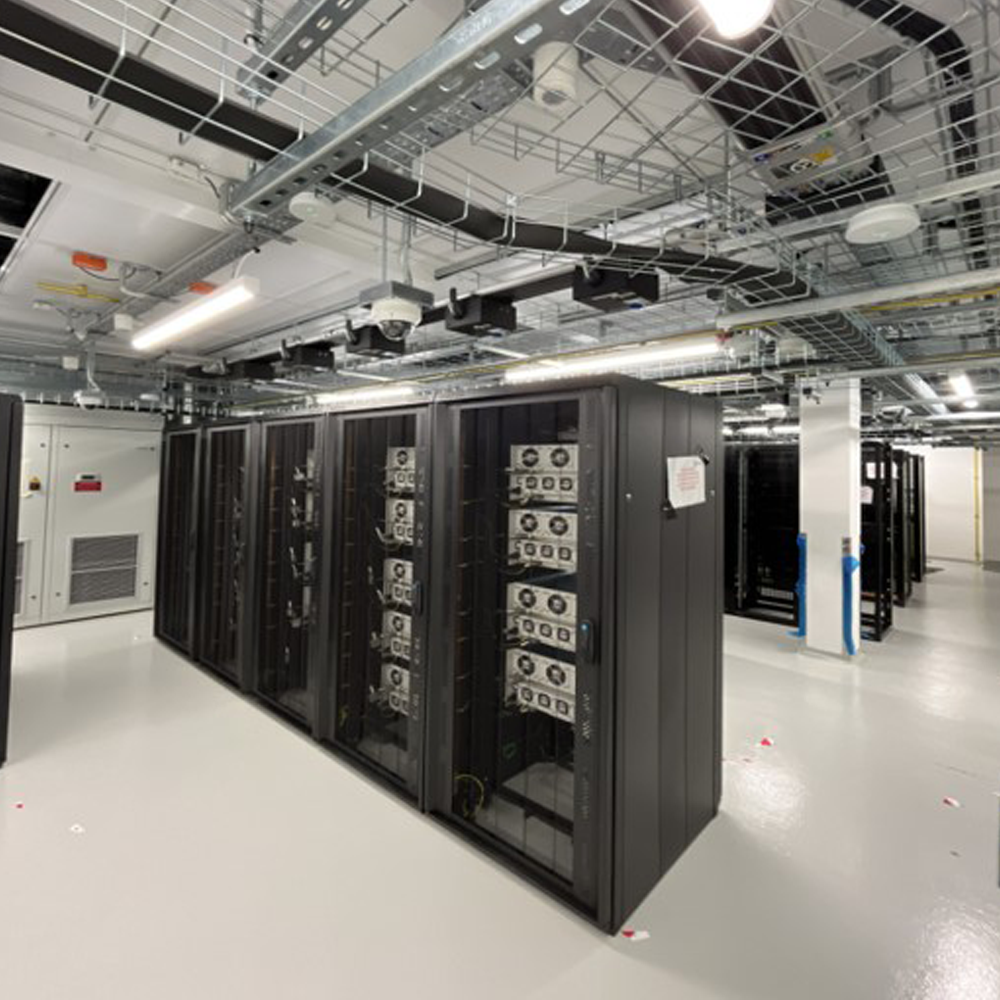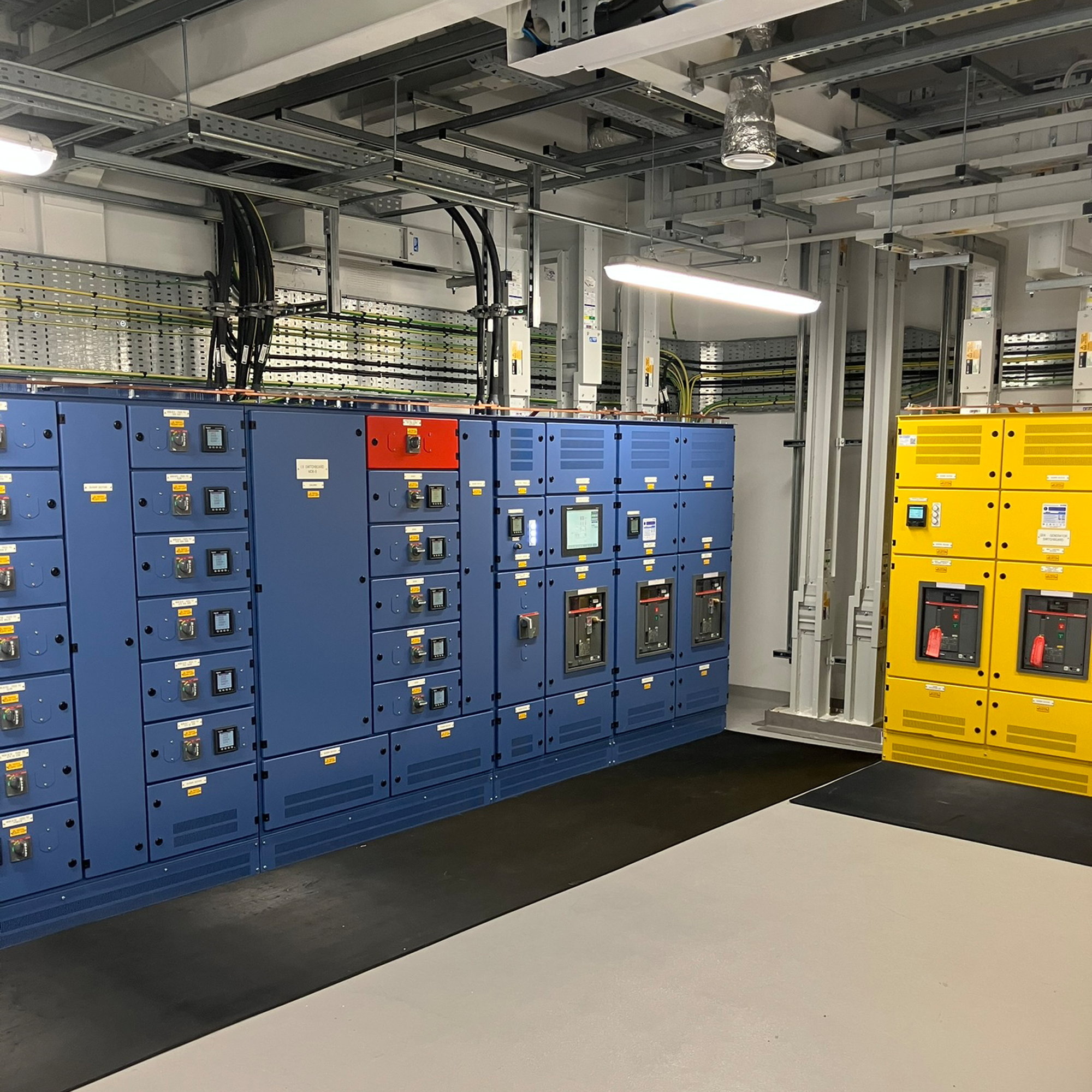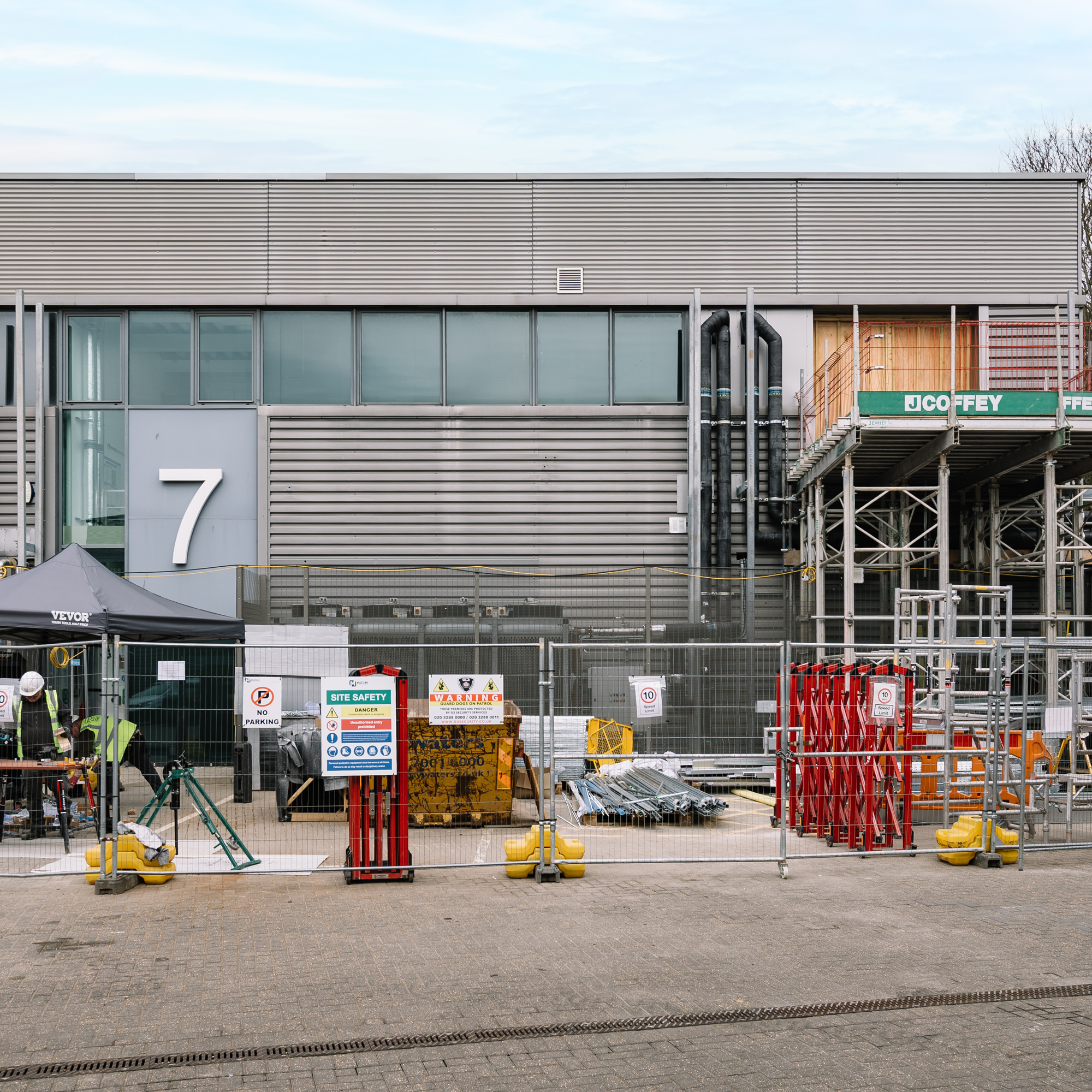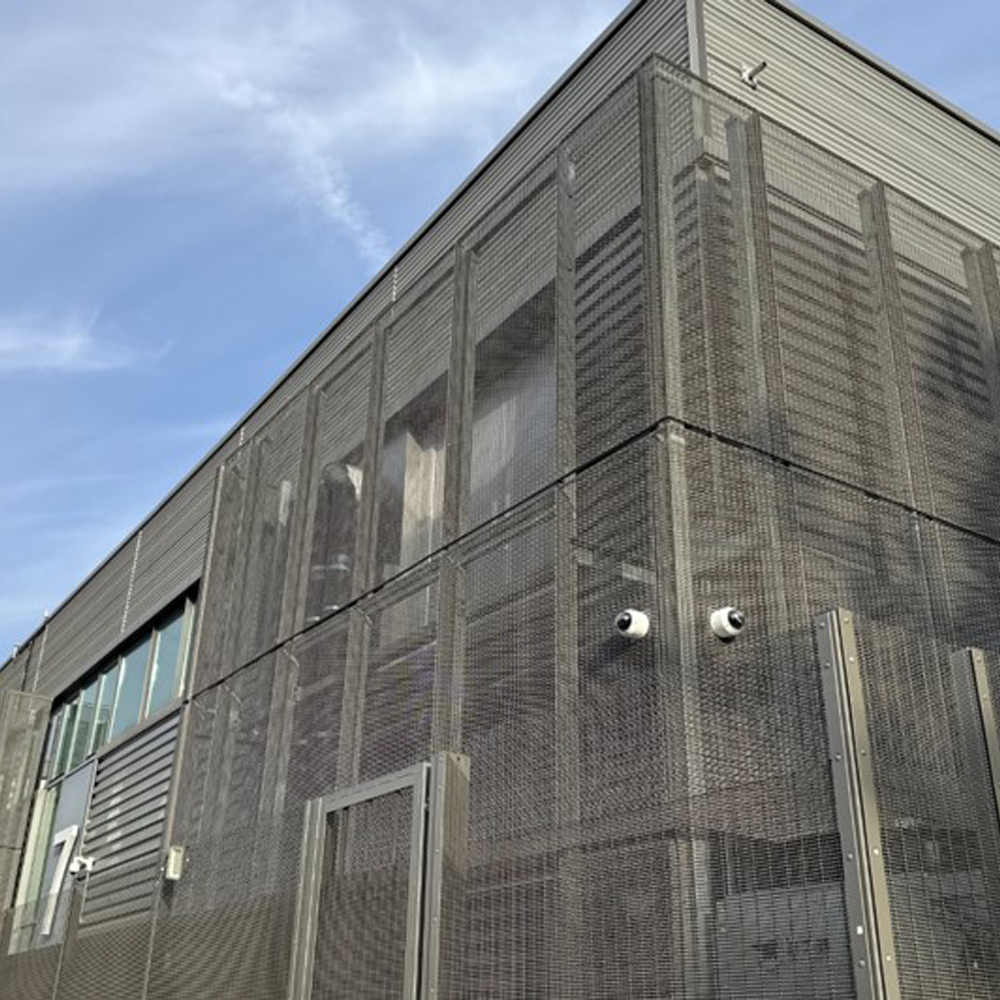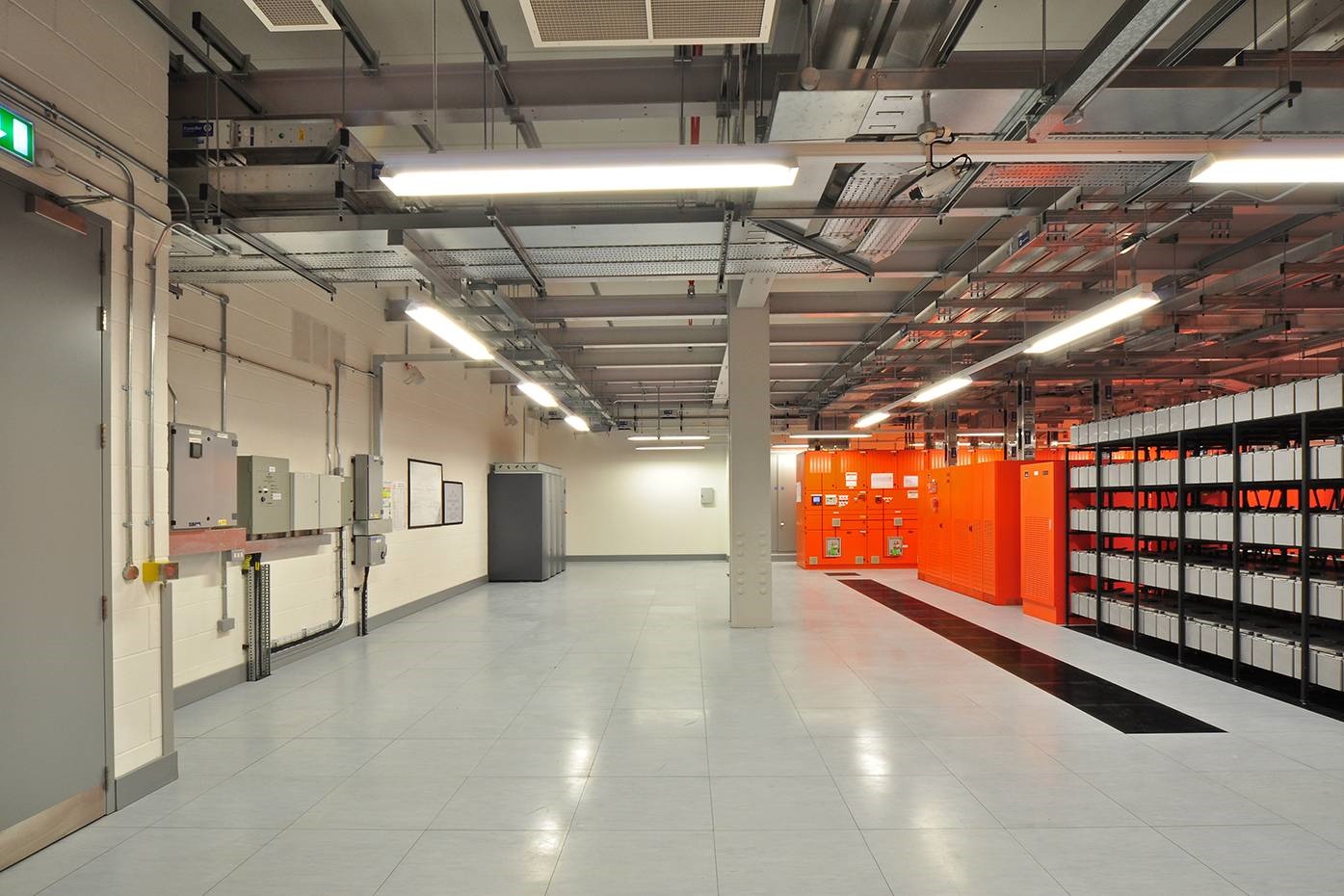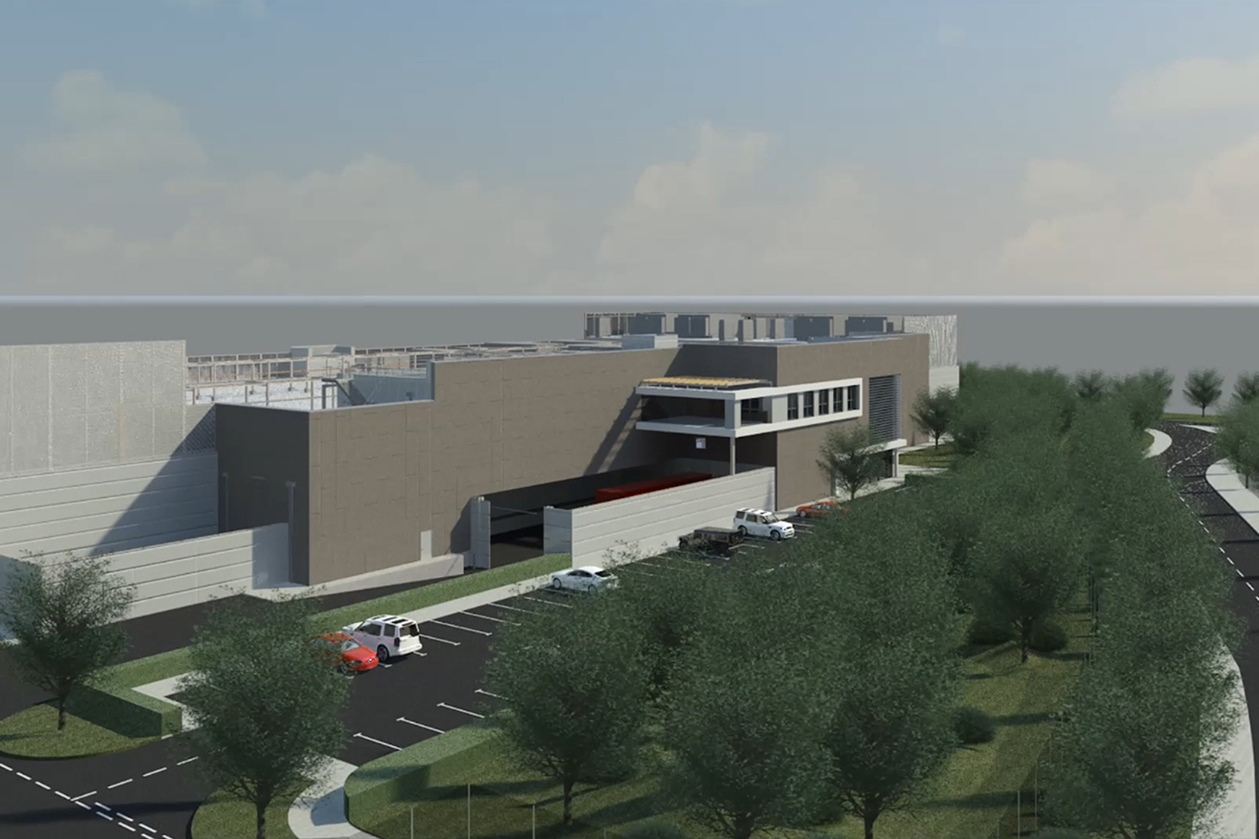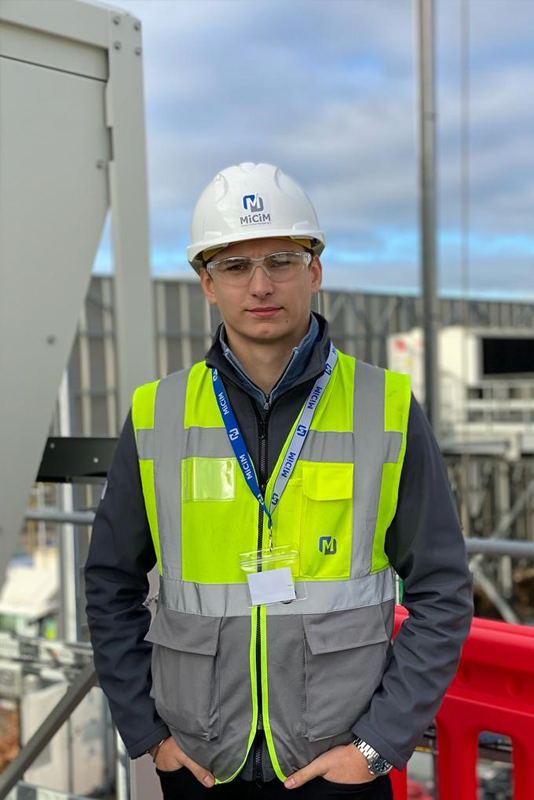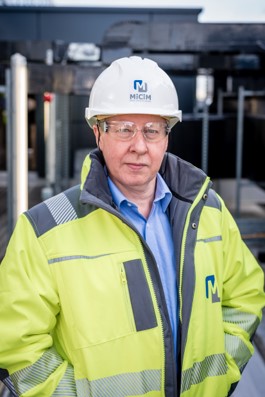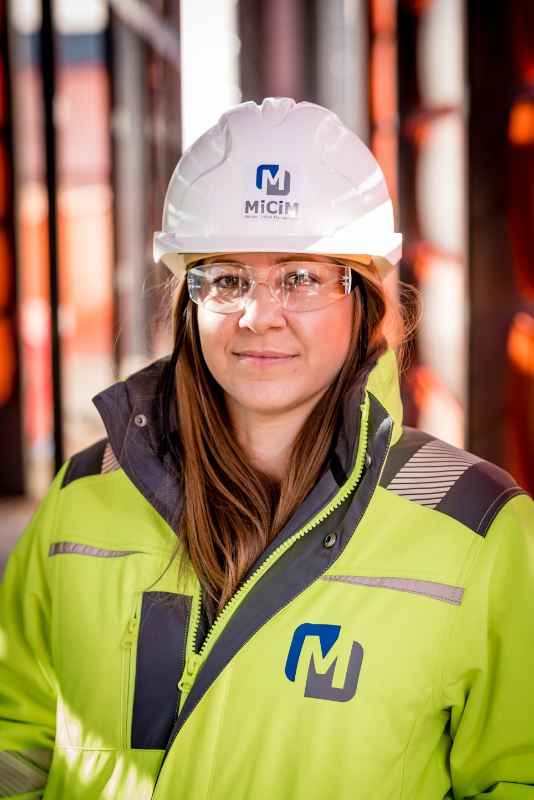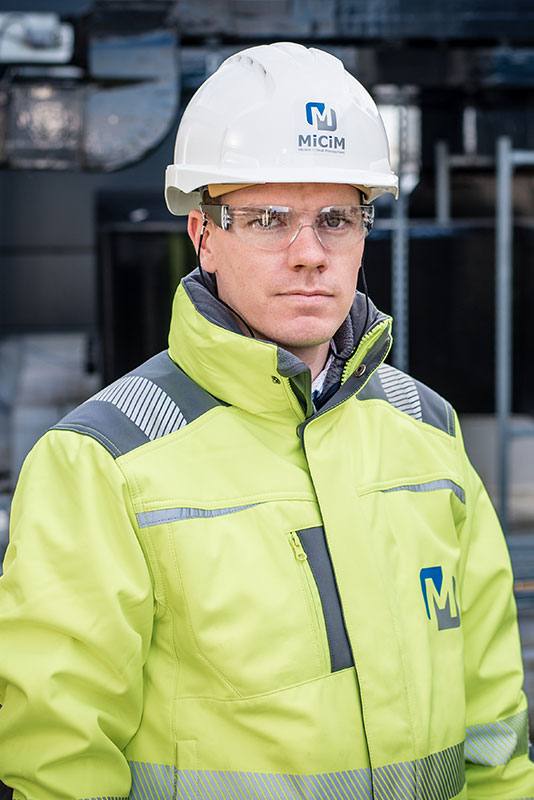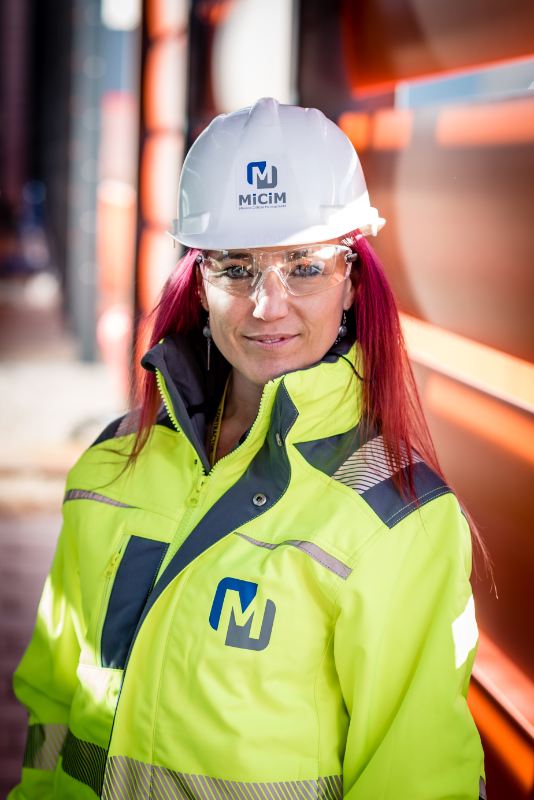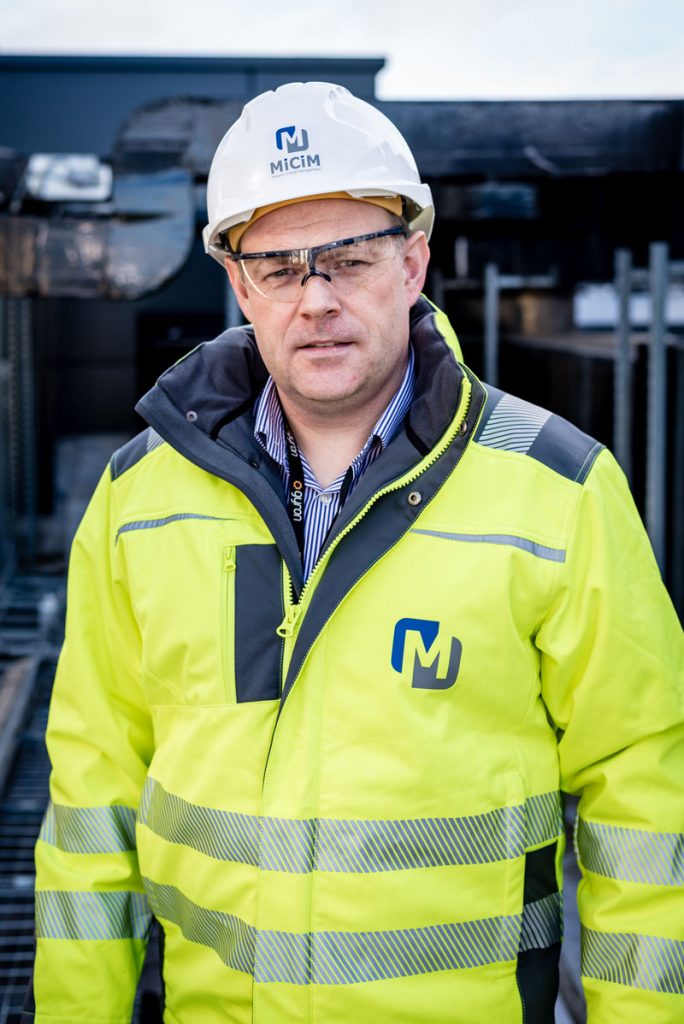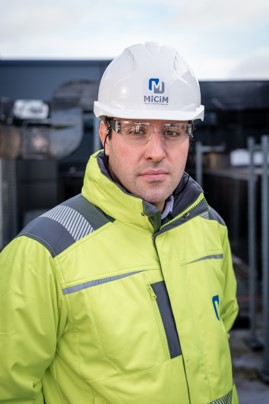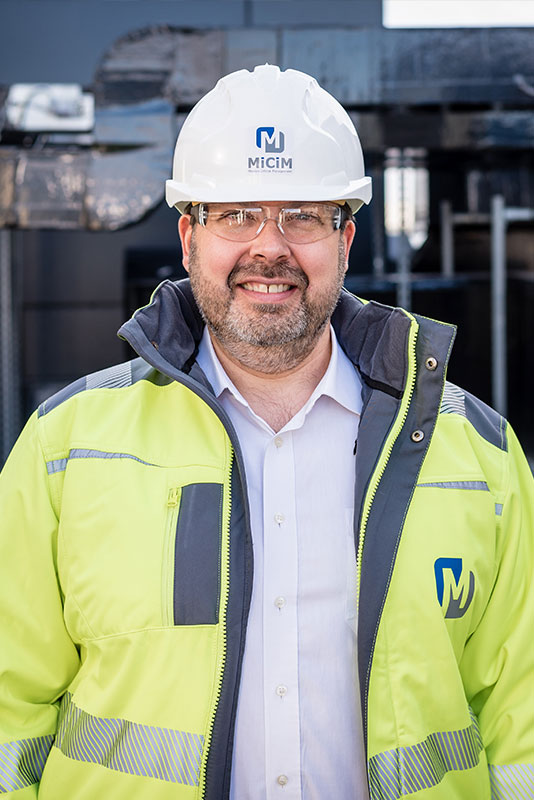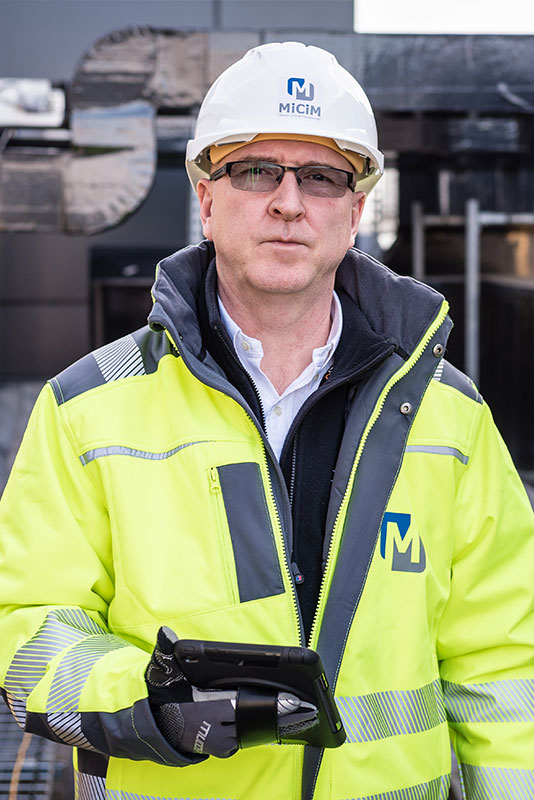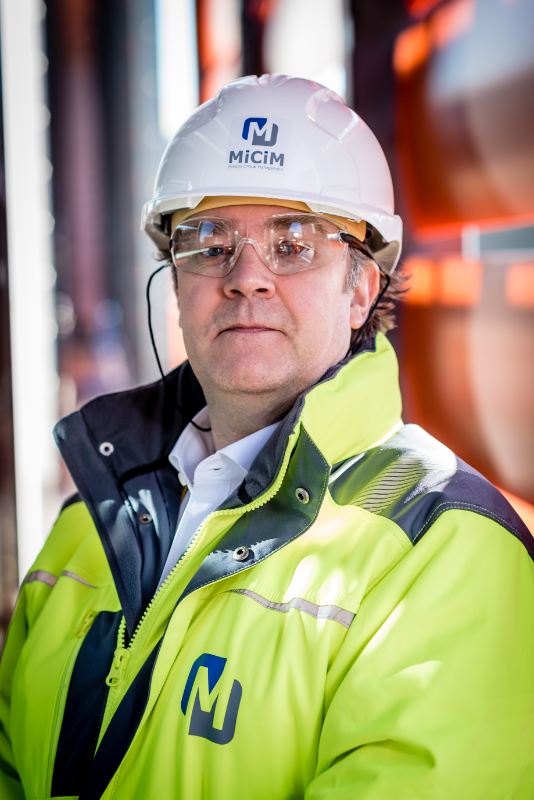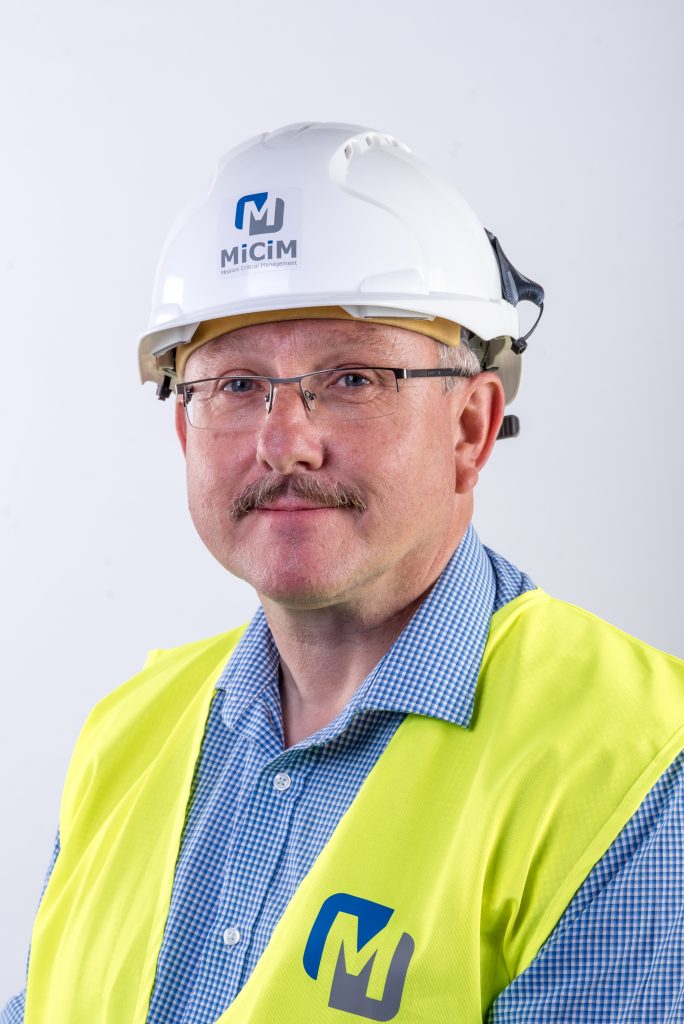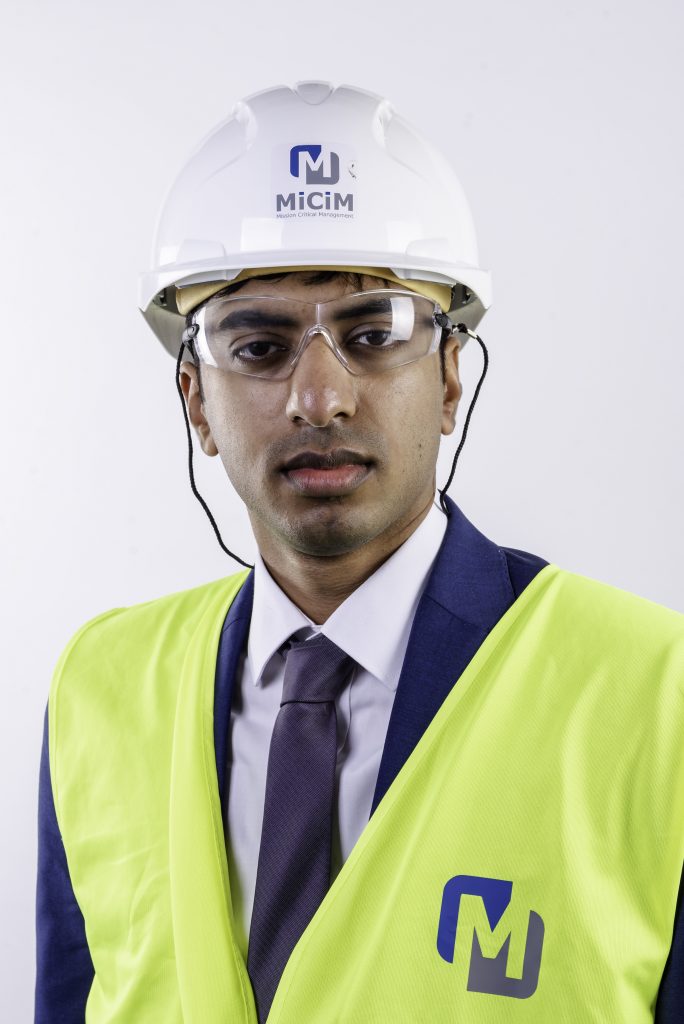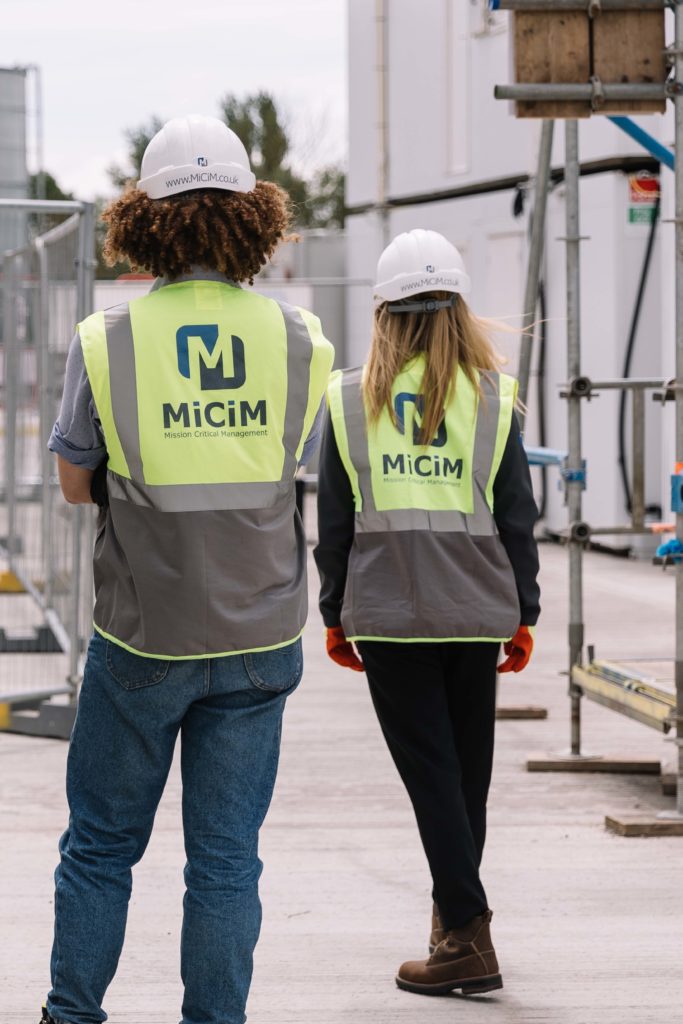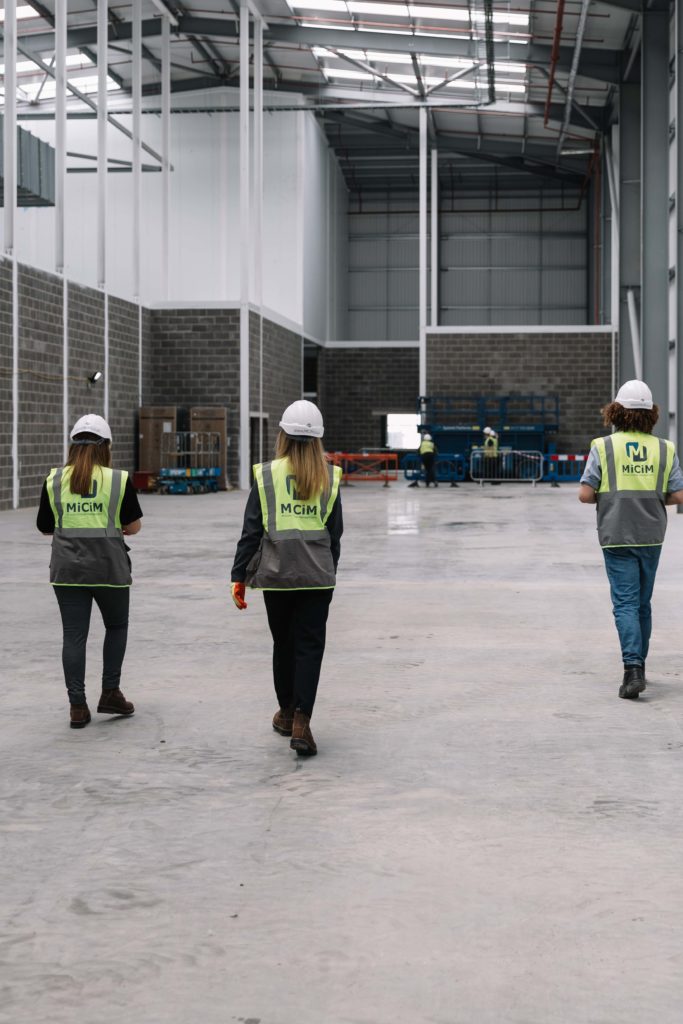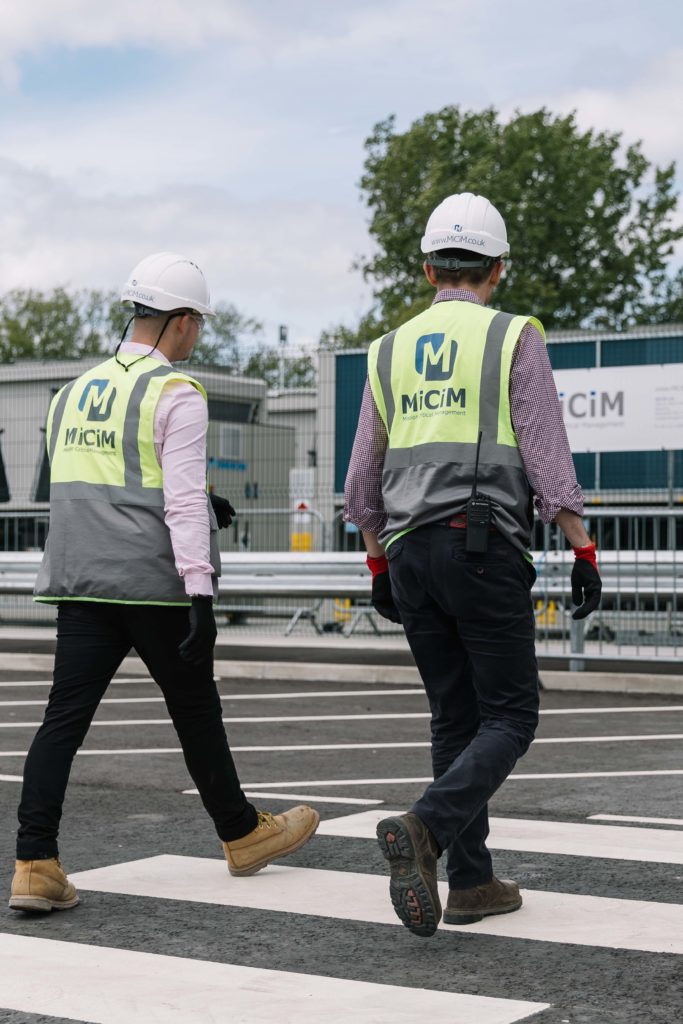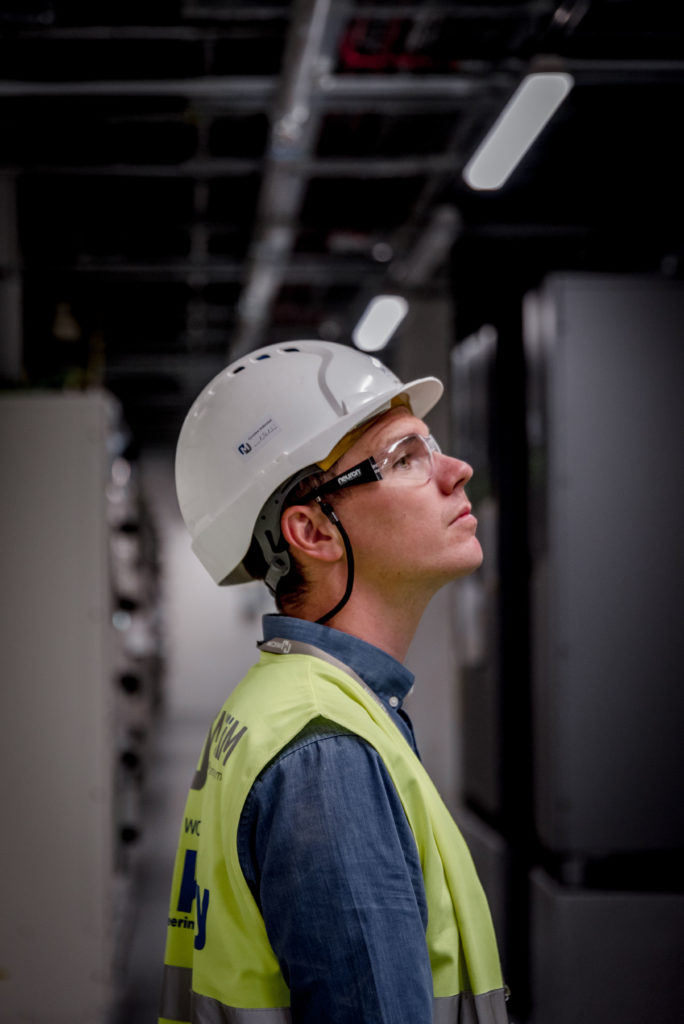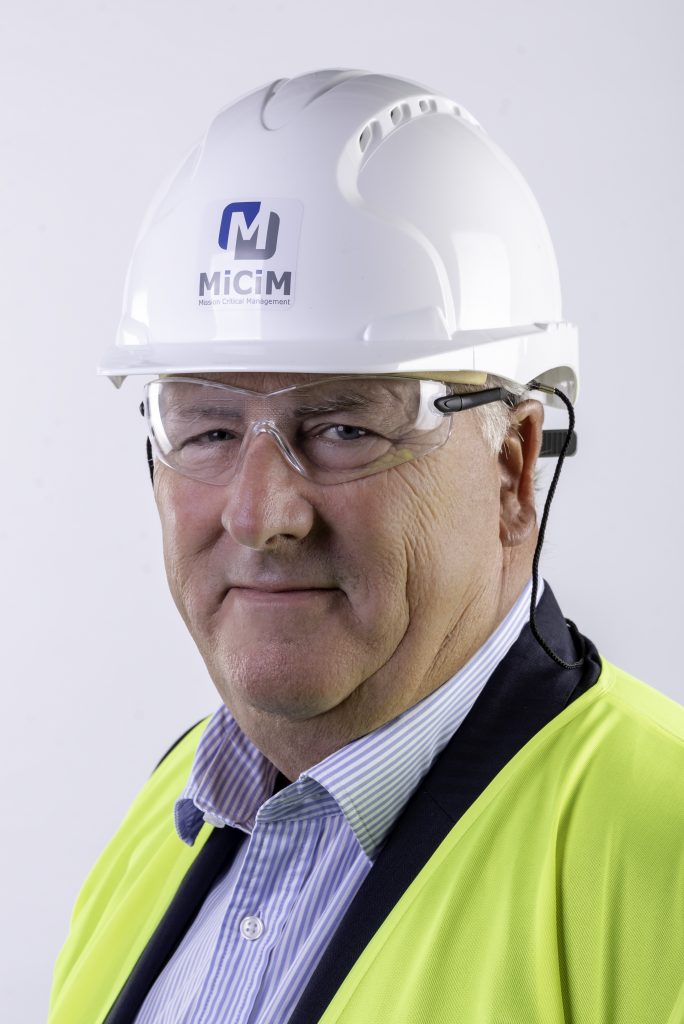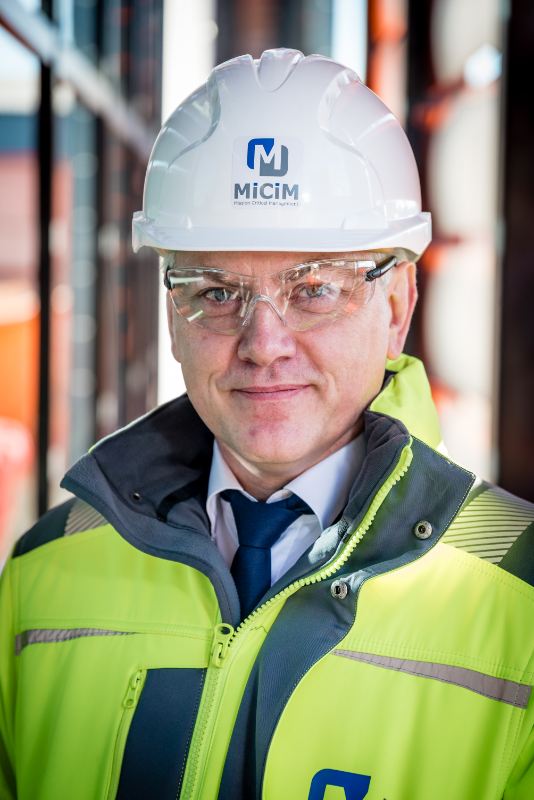MiCiM acted as principal contractors for BSH09 – part of Boldyn’s national Edge programme and one of the Base Station Hotels (BSHs) delivering critical connectivity across London.
As a cornerstone of Boldyn’s 20-year partnership with Transport for London (TfL), it provides resilient, high-performance infrastructure for the rollout of 4G and 5G connectivity on the London Underground, a neutral-host platform, and support for future smart-city applications.
Designed to Tier III, the facility combines resilience, energy efficiency, and flexibility in a compact, edge-optimised footprint. It supports a 400kW IT leased load, with two data halls built to Mobile Network Operator (MNO) requirements, N+1 UPS, and N+1 cooling to ensure mission-critical availability. Multi-tenant, multi-service integration allows IT and telecoms-grade equipment to coexist, while advanced monitoring and automation maintain operational excellence. The design also ensures that no single failure reduces mobile network coverage by more than the tightly defined contractual standards.
Sustainability is embedded throughout, with energy-efficient systems aligned to London’s net-zero goals. Its reusable, adaptable space supports future-ready digital services for the users – MNOs, the Greater London Authority, and London boroughs, enabling smarter, safer, and more connected communities.
How the project unfolded
Site selection was the first critical stage, with the decision taken to repurpose an existing industrial building. The design phase followed, progressing through RIBA Stages 2–3 to establish the neutral-host design with the required resilience standards while balancing space contains. Intrusive surveys uncovered existing conditions and informed the detailed design at Stage 4.
Structural enhancements were required and a key decision at this stage was to replace, rather than reinforce, the existing slab — de-risking construction and ensuring long-term structural capacity for a 400kW IT load. Significant structural interventions were required, effectively creating a “building within a building.” The existing walls and floors were removed, and new steelwork and piling installed to support equipment loads. Procurement of long-lead plant, including UPS, switchgear, CRAC units, and generators, was initiated during Stages 2–3 to mitigate supply chain risks.
The construction phase began with site mobilisation, demolition, and slab replacement, followed by piling and structural works. Mechanical and electrical systems were then installed in sequence —covering power, cooling, fire protection, security, and BMS. Strict noise and vibration controls were applied, minimising disruption to adjacent commercial units.
Commissioning was delivered by both the client team and MiCiM in five stages from Factory Acceptance Tests to Integrated Systems Testing (IST). All stages were completed successfully, demonstrating full resilience across the mechanical and electrical installations. Practical Completion was achieved on-schedule in August 2025.
The programme faced a number of challenges including unexpected buried services, supply chain delays, and the need to coordinate multiple stakeholders, each with differing requirements. Flexible resequencing, clear brief and requirements and proactive engagement ensured continuity.
Through collaborative approach and structured decision making, the project remained on track, resulting in a resilient, future-ready facility designed to meet TfL’s operational requirements and support London’s growing digital connectivity needs.
Key innovations
BSH09 required the integration of mixed rack types — standard IT racks and open-architecture telecoms racks — within the same data hall. The differing dimensions, layouts, and service requirements meant that distribution of power, cooling, and cabling could not follow a uniform pattern. Each rack type had to be assessed individually, with service connections adapted to suit.
This non-standard arrangement created challenges for airflow management, as thermal loads varied significantly between rack types. Bespoke layouts and airflow modelling were used to optimise cold and hot aisle performance, with cooling distribution adjusted case by case. Access to services was more complex than usual, as each rack group required different routing solutions to maintain installation, resilience, and maintenance needs.
To support these design challenges, MiCiM’s commissioning experts were engaged from an early stage, carrying out design reviews and commissionability checks. A Commissioning Acceptance Testing Procedure (ATP) was put in place during the project lifecycle, enabling early validation of systems. Operations staff were also engaged to ensure maintenance access and monitoring were embedded in the design.
Phased design, procurement, and construction allowed long-lead equipment to be ordered in parallel with ongoing structural and M&E works, mitigating delays and maintaining programme delivery.
Villie Xeni, Associate Director at MiCiM, commented, “BSH09 has been substantially different to the average air-cooled DC due to the equipment it’s hosting, which presented very interesting technical challenges to overcome in terms of optimisation of air distribution. Its non-traditional use, as well as the restrictions around its location (in an urban area) gave all parties involved the opportunity to think outside the box to optimise space utilisation without compromising the white space demand.”
Summary
BSH09 demonstrates that resilient, small-footprint, multi-service edge data centres can be delivered in highly constrained urban environments. And it shows that MiCiM’s expertise in the data centre industry can accommodate a range of business requirements, from edge facilities like these to large co-location and hyperscale facilities.
Steve Sams, Senior Project Manager at Boldyn Networks, said:
“Working with MiCiM has been a progressive experience for our organisation. Their team brought a high level of professionalism, precision, and industry insight that elevated every aspect of our project delivery. From initial planning through execution, they demonstrated an understanding of our needs and sound risk and construction management, ensuring that timelines were met and budgets were respected. Their communication was clear and proactive, making collaboration seamless across both sub-contractors and client alike.
What truly sets MiCiM apart is their commitment to excellence and adaptability. Whether navigating complex build environments or managing multiple sub-contractor teams, they consistently delivered results that exceeded expectations. Their project managers are not just coordinators — they’re problem solvers, leaders, and trusted partners. Thanks to their expertise, we’ve seen the delivery of another high quality BSH(DC) into our portfolio.”


